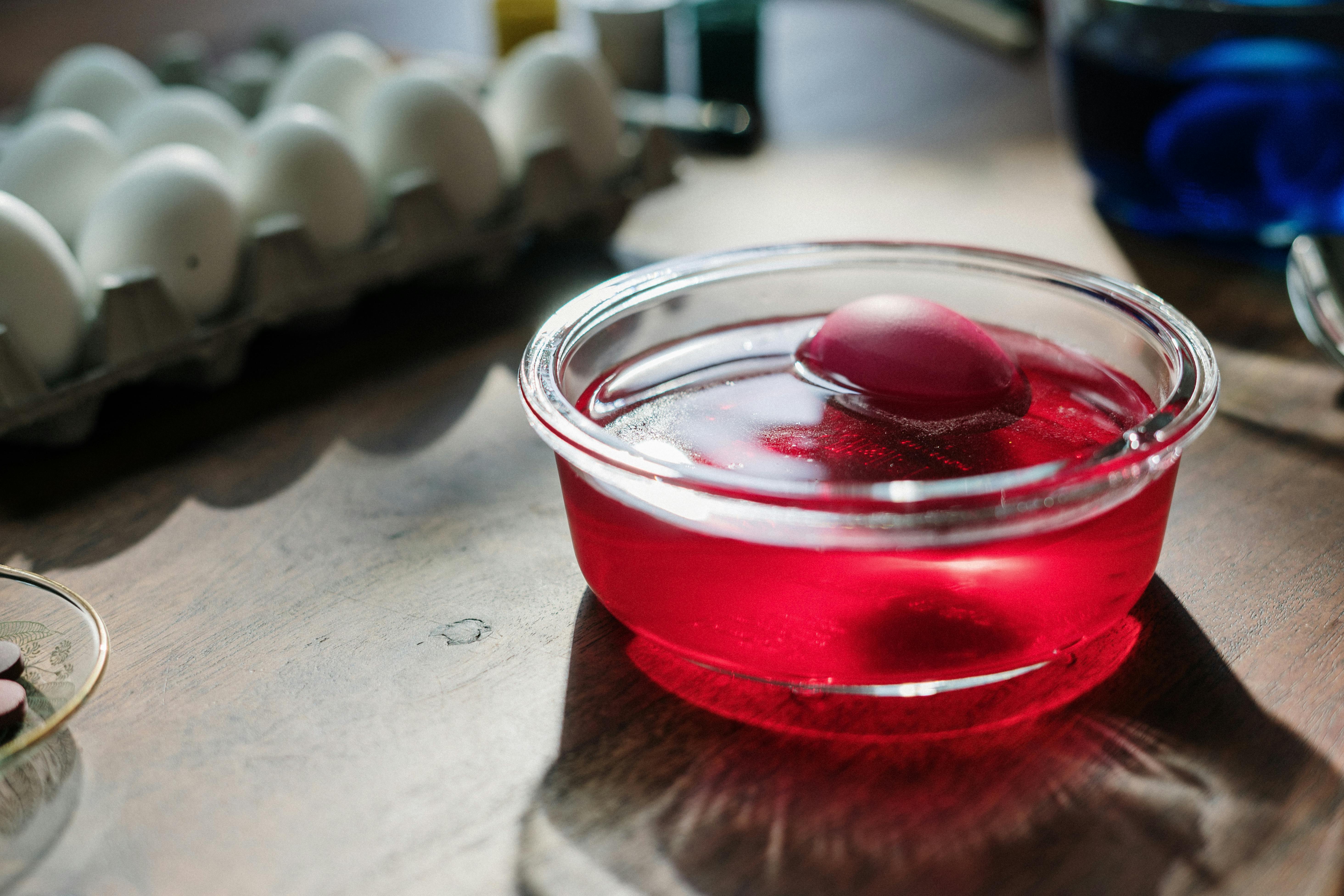History of the top hat
The first top hat is believed to have been invented in 1760 by a milliner in Florence. The other story was that it had been invented in Canton around 1775 by a wealthy Frenchman who eagerly brought his headdress to Paris. In the 18th century, beaver felt was preferred for making the best top hats. They used a process called “carotting” in which coarse hairs were plucked from beaver fur and covered in a solution of mercuric nitrate. The workers later inhaled the fumes and caused brain damage. That’s where the saying “as crazy as a hatter” came from.
The silk top hat
In 1797, a fellow named John Hetherington, a Charing Cross hatter, turned up on the Strand wearing what he called a silk top hat, a tall structure that had a brilliant luster made of a material called hatter’s fleece. He caused a riot, was apparently immediately arrested and fined, the sum of which is said to have been £500. Silk top hats were slow to catch on in the early 19th century and it was only in the 1840s and 1850s that silk top hats saw their heyday when Prince Albert started wearing his from 1850.
The final depletion of the American beaver in the mid-19th century ushered in the reign of the silk top hat, making it not only a fashion accessory but also a symbol of respectability.
Silk top hats had to be meticulously maintained as they do to this day. The silk plush needs to be brushed and then polished with a small velvet pad called a mouse, which ensures that the silk’s sheen remains bright. In the mid-19th century, it was considered the norm for handsome young gentlemen to visit their milliners daily to have their hats pressed.
Silk Top Hat Styles
The Wellington shape with its sides concave towards the crown was very popular in the 1820s and 1830s when its curves echoed the rounded lapel and dove chest of the fashionable frock coat.
Cumberland’s black silk top hats were tall and tapered towards the top and resembled the tapered tops of women’s hats of the period. A very short version was used in the mid-19th century and became identified with the yeoman farmer.
The heights and names of silk top hats are somewhat interesting. They were called round hats, silk hats and even toppers, a name that is still used today. There was a John Bull, measuring 5 3/4 inches tall, a 7-inch Stovepipe, a 7 1/2-inch Chimney Pot, and a Kite High Dandy measuring a colossal 7 3/8 inches.
The opera hat, better known as the Gibus after its inventor, was made in 1840. It was made of fine silk with a cord on a metal frame that opened with a flick of the wrist, normally worn or worn under the arm when going to the theater. Opera.
They are sometimes found in old toy boxes in attics, but one sees them more commonly today at Royal Ascot and even Royal Enclosure, on the heads of poor unfortunates who really don’t know any better.
Another important part of the mid-nineteenth century was the invention of the conformateur, for the tailor-made trade by a fellow named Maillard, from Paris. It was shaped like a huge top hat and was used to measure customers’ heads, where it mapped the contours exactly, accurately recording them to scale on a card. A method that is still used to this day at The Top Hat Shop. The silk teddy that covered these magnificent specimens was made in the town of Lille in France, throughout the nineteenth and mid-twentieth centuries. Production ceased when the machines that made the silk plush were destroyed after a fierce argument between the two brothers who owned them.
The Silk Top Hat in today’s society
A vintage black silk top hat can be seen at a bizarre wedding, at the Queen’s Garden Party, and at Epsom Racecourse on Derby day. However, the most auspicious occasion to wear a silk top hat is Royal Ascot at the Royal Enclosure, or rather it should be.
In recent years there have been some ghastly sights at the Royal Gathering; ill-fitting top hats set on the edges of the ears and balanced on top of the head. Opera hats and hideous furry modern things that resemble the cloth on a pool table. It is a very poor show that one of the last exclusive social occasions is spoiled by those who do not know because they have not been enlightened by those who do know.
Famous manufacturers and suppliers.
Some of the most famous manufacturers and suppliers of silk top hats of the day included Lock & Co, Herbert Johnson, Christys’ & Co, Lincoln Bennett, Henry Heath, Dunn & Co, Scott & Co, Battersby & Co, Tress & Co. Co. , Woodrow & Sons, Harrods, Gieves and the Jockey Club, etc.
